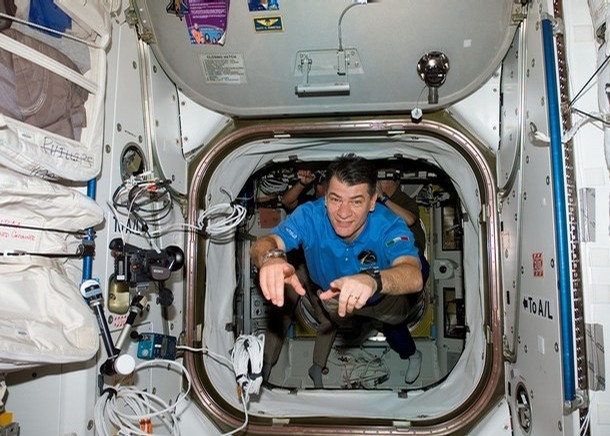

The metonic series repeats eclipses every 19 years (6939.69 days), lasting about 5 cycles. All eclipses in this series occurs at the Moon’s descending node. The longest duration of totality was 2 minutes, 50 seconds on March 9, 1997. The series ends at member 71 as a partial eclipse on July 7, 2195. It was a hybrid event for 3 dates: May 8, 1510, through May 29, 1546, and total eclipses from June 8, 1564, through March 30, 2033. The series started with partial solar eclipse on May 27, 933 AD, and reached an annular eclipse on August 11, 1059. This eclipse is a part of Saros cycle 120, repeating every 18 years, 11 days, containing 71 events. Partial solar eclipses on July 13, 2018, and January 6, 2019, occur during the next semester series. An eclipse in a semester series of solar eclipses repeats approximately every 177 days and 4 hours (a semester) at alternating nodes of the Moon's orbit. This eclipse is a member of a semester series.
#JET CALENDAR 2015 UPDATE#
Please help update this article to reflect recent events or newly available information. The eclipse was also observed by meteorological satellite Meteosat-10. The eclipse was observed at radio frequencies at the Metsähovi Radio Observatory, Finland, where a partial eclipse was seen.

Three chartered airliners flew above the clouds, giving passengers a slightly prolonged view. įor example, London experienced an 86.8% partial solar eclipse while points north of the Faroe Islands in the Norwegian Sea saw a complete solar eclipse. The shadow of the eclipse was visible in varying degrees all over Europe. It then moved to the northeast, passing between Iceland and the United Kingdom before moving over the Faroe Islands and the northernmost islands of Norway. The shadow began its pass off the south coast of Greenland. It was most visible from the North Atlantic and Arctic Oceans, Greenland, Iceland, Ireland, the United Kingdom, Faroe Islands, northern Norway and Murmansk Oblast.

The solar eclipse began at 08:30 GMT in northwest Europe and moved towards the northeast but still in northern Europe. 3.2 Solar eclipses descending node 2015-2018.The track of totality passed across the North Atlantic and into the Arctic Ocean. It was the last total solar eclipse visible in Europe until the eclipse of August 12, 2026. The longest duration of totality was 2 minutes and 47 seconds off the coast of the Faroe Islands. Totality was visible in the Faroe Islands and Svalbard. This total solar eclipse is notable in that the path of totality passed over the North Pole. Totality occurs in a narrow path across Earth's surface, with a partial solar eclipse visible over a surrounding region thousands of kilometres wide. A total solar eclipse occurs when the Moon's apparent diameter is larger than the Sun's, blocking all direct sunlight, turning day into darkness. A solar eclipse occurs when the Moon passes between Earth and the Sun, thereby totally or partly obscuring the image of the Sun for a viewer on Earth.


 0 kommentar(er)
0 kommentar(er)
